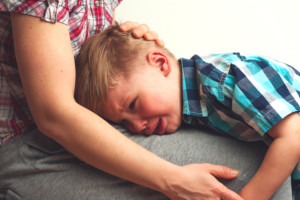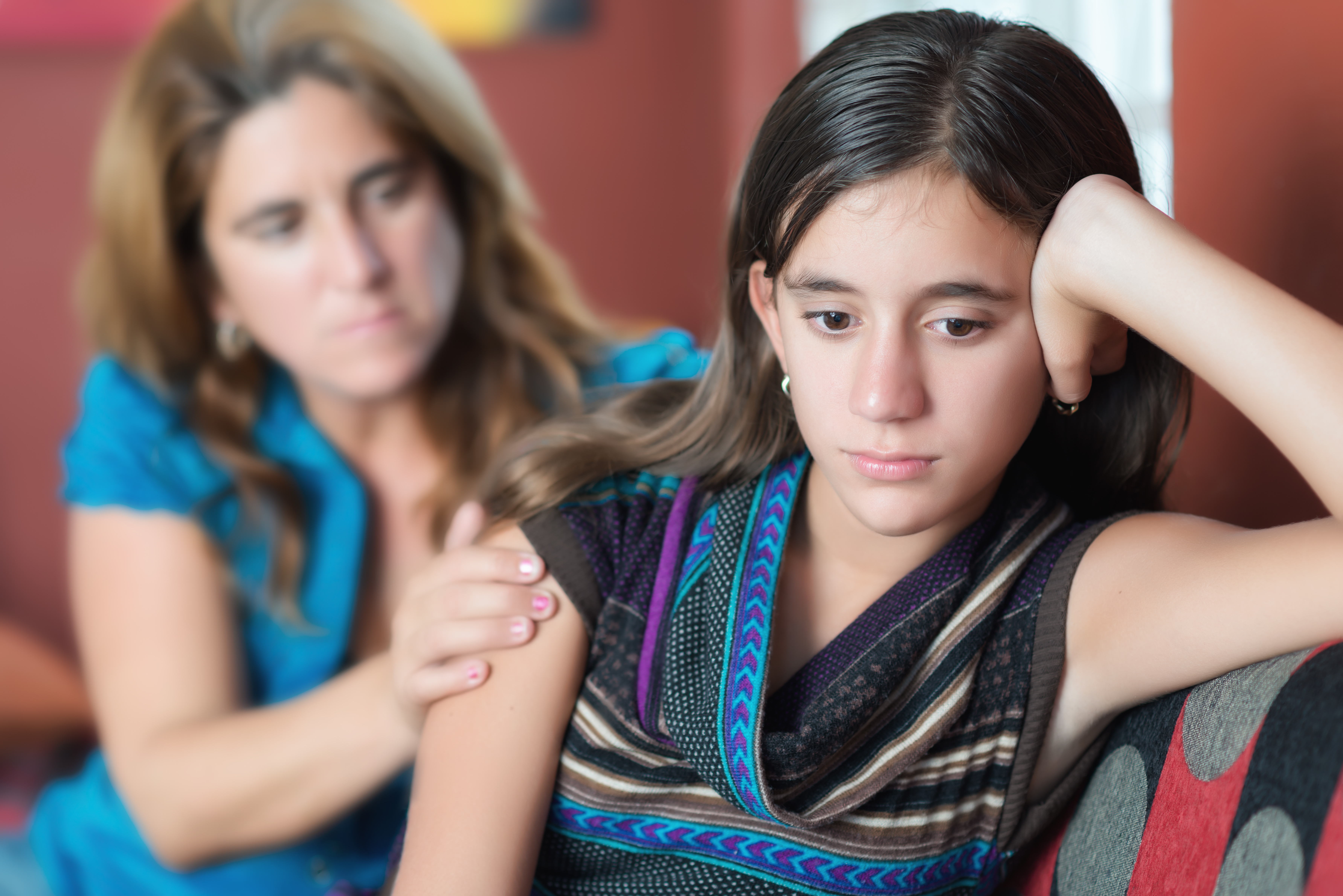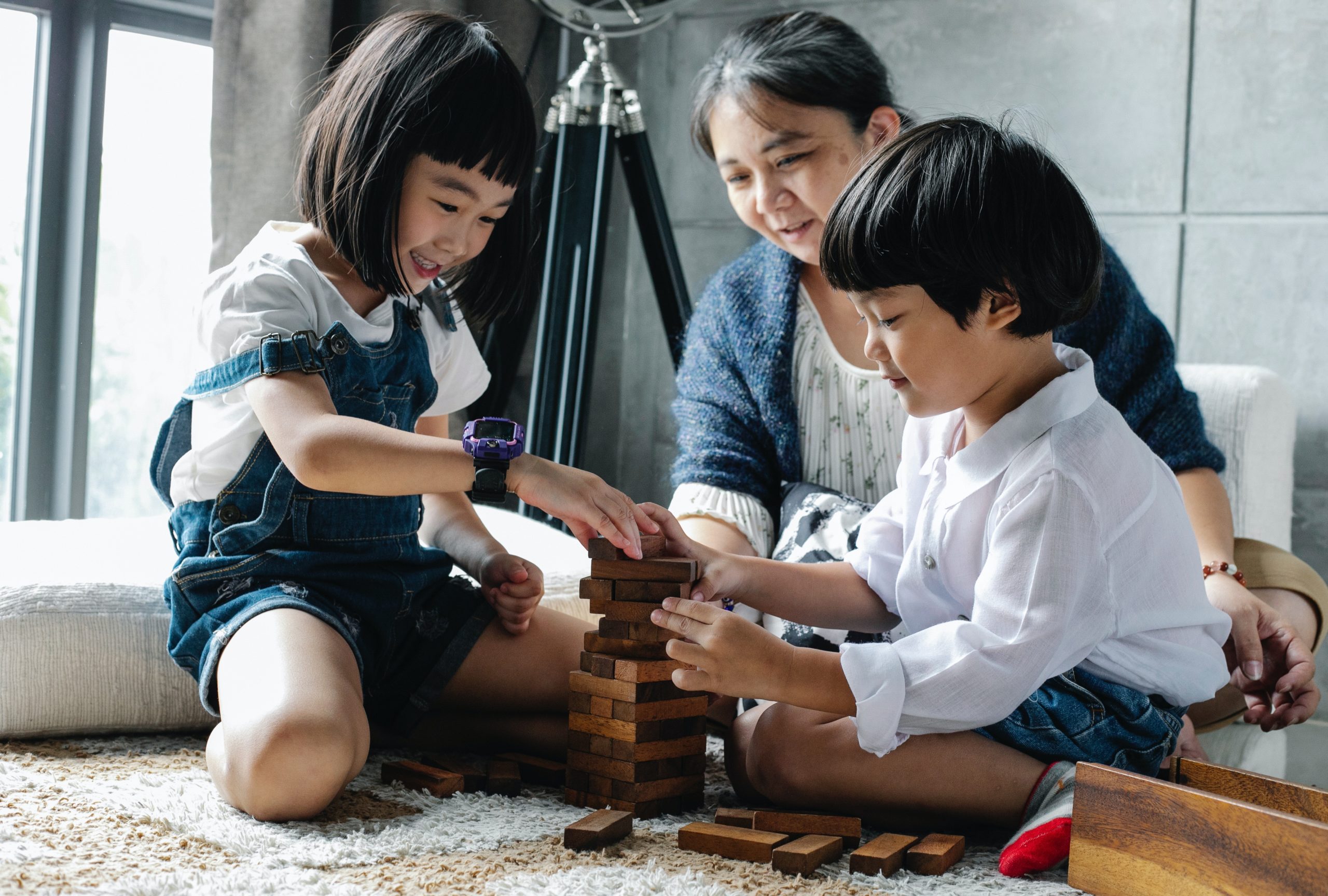Do conversations about screen use often lead to conflict in your family?
Do you struggle to figure out how much screen time is appropriate to allow at different ages? Do you have the instinct to limit screen time more, but it seems that all the other kids are on iPads or playing video games? Do you equally fear that if you don’t allow screen time that your child will feel left out? Each parent has to figure out how much screen time is too much for their child.
On a topic that can evoke so much confusion and inner conflict, it can help to step back, grab a journal and really explore the very individual specific screen-related issues with your child with some of the following questions and information in mind.
Consider all the underlying needs
From a peaceful parenting perspective, when an issue becomes a source of conflict (as screen usage is in most families), it’s helpful to consider what the underlying needs may be that they’re trying to meet. There are so many contributing factors for parents to consider on this topic. I realise that information regarding screen use can be a lot to deal with and process. Also from a peaceful parenting perspective, it’s always recommended that parents gain more clarity, both by self-educating and also by creating the time to sit and listen to their child’s feelings on the subject.
To be clear with our child we need to be clear with ourselves
It’s easier to be clear with our child when we’re clear with ourselves on how much screen time, if any, we feel comfortable allowing. This happens when we’ve gained the clarity and conviction that’s aligned with our values. It helps to feel confident we’ve taken the time to learn more about the impacts. An important part of learning more about the impacts of screens on your child is noticing any patterns in your child’s behaviour relating to screen use. To this day, I have a clear memory of how out of balance and chaotic my then 5-year-old son was after watching Star Wars at a friend’s house.
Meeting children’s needs in healthy ways is key to giving them a resiliency foundation. It makes them dramatically less vulnerable to developing unhealthy habits, like excessive screen usage or addiction to video games. The more parents can satisfy their children’s needs for warm and enjoyable connections with family members. This is ultimately what keeps kids more engaged in the “real world” than the digital world.
From a peaceful parenting perspective, when an issue becomes a source of conflict (as screen usage seems to be in most families) it’s helpful to consider what the underlying needs may be that they’re trying to meet.
Loving limits
Each parent needs to decide which age they will allow their children to use screens and generally how much time they will be allowed. If your child is at the age and stage where you do not want them using screens at all, or only on certain days or at certain times, you’ll likely have a lot less conflict if you adopt the principles of loving limits here. This article setting limits can bring healing tears gives you guidelines on helping your child through the tough feelings that limits bring up for them.
Creating and maintaining agreements tends to lead to more cooperation
More so than the more authoritarian approach of rules imposed by consequences. If you do allow your child time on screens or their homework involves screen time, I recommend holding a family meeting and problem-solving together with the aim of making agreements. Children are dramatically more motivated to work with agreements they’ve contributed to making.
Encourage your child or children to voice their ideas and validate their ideas diplomatically even if you don’t agree. You might respond with “Ok so I hear that in your ideal world, you would have unlimited time on the laptop”.
Share your concerns and your suggestions as diplomatically as possible with a calm level tone. For instance, you might explore “Would it be a good idea to make it a rule that nobody in this family turns on a screen in the morning, myself included?”. It can help when we share that we also find it hard to manage our time and our impulse control. How hard we work to come back to peace with ourselves when we don’t stick with our own limits or expectations.
Watching a movie together as a family
Watching something together helps kids maintain a connection with their parent and with “real life”. All that sweet affection and snuggling on the couch is so grounding and de-stressing. When watching a show or film together as a family, we can be vigilant of how our child responds emotionally. We can maintain eye contact and smiles and avail of the teachable moments. The disconnection from “normal reality” can be further minimized when family members increase their patience for each person having the right to pause to ask questions or share thoughts and feelings the scene evoked and generally integrate the experience into family communication.
The earlier you develop this habit the better. If your child has become attached to an alternative world of video games, maybe start by joining them in this world and open those lines of communication.
What every parent needs to know about kids and screens Your child’s time on their screens may be a bigger contributing factor to problem behaviours than you realized. In this article Genevieve shares some of the most up to date research on the impacts of screens.
Kids need downtime in their busy days
Screens can provide parents with a bit of peace and quiet. Kids can crave flopping into that comfortable chair and blobbing out. The upset child becomes immediately quiet when they stare at the screen. Parents often believe that being on screens meets their needs to de-stress and slow down. Yet, in reality, kids are experiencing what Dr Kardaras describes as “a hyper-stimulating, dopamine-activating, adrenaline-surging stimulant”! I’m no scientist. But to me, that sounds very different from the brain research findings into the effects of meditation on the brain!
Why do so many meltdowns happen at the end of screen time?
Kids can be put into a stress response when the brain is hyper-stimulated and with all that adrenaline surging. But if there’s no physical or verbal outlet for all that energy, what happens? There’s going to be quite the build-up of frustration.
This probably explains what happens after children have spent time on screens. Most parents notice that their kids are often particularly antsy, disengaged and frustrated, instead of being calm, focused and cooperative. It’s no wonder that pent-up frustration gets channelled directly into an argument about their verging-on-desperate need for more screen time.
What helps?
Have children forgotten how to play normally?
The connection that’s often missed is that the more time kids spend on screens the more time they spend begging for screen time. The less enthusiastic they become to play imaginatively. Screens condition kids to the fast-paced brightly coloured entertainment resulting in them struggling to adjust to the slower pace of “normal life”.
Lots of pleasurable activities activate the dopamine receptors in the brain. But, the frequency and intensity with which this happens during screen engagement results in kids being dependent on this high level of dopamine hits. Children become satisfied with having to work harder to get those reward centre hits.
Parents generally get a lot more housework done when children don’t use screens at all! Because their kids are so very engaged in their own imagination and play. They wake up in the morning excited to get back to their drawing, Lego, blocks, dress-ups or whatever they’re currently engaged by.
In these videos, Parts I, II and III Genevieve tackles the topic of kids using TV and screens. She talks about how to encourage self-directed play and encourage their intrinsic motivation to be creative and to keep following their curiosity and how to preserve these instincts. Available to Village Members.
Kids need more activities that reduce their stress
It helps to be mindful to avoid using screens to soothe our kids when they’re upset. They can develop the habit of craving this zoning out every time they feel bad. But in reality, it masks instead of reduces stress and can interfere with the child’s natural self-regulating ability to feel and express their emotions.
Instead, we need to build into our children’s day activities that really do slow them down and allow them to de-stress. Spending quality one on one time with their parent really is a bit of a miracle cure for resetting children. Especially when we can let them take the lead and include play that’s physical and results in lots of laughter. This fills up our child’s love tank and helps them remember what it is they crave most: human connection, love and affection.
Showing a genuine interest in our child’s stories, activities and questions can help them stay engaged with their projects of the moment. Sitting and reading books or listening to audiobooks or music can be soothing while activating healthy imagination. Board games, ball games, creative activities like arts and crafts, time spent exploring and making things in nature, and especially unstructured free play. All re-engage the child’s intrinsic motivation to follow their curiosity and be creative. In fact, most activities you remember from childhood provide ample healthy engagement and stress-releasing outlets for our children.
Nature resets our children
It reminds them that the natural world makes us feel so good! I highly recommend Florence William’s The Nature Fix as an inspiring reminder that nature restores us and makes us:
“healthier, more creative, more empathetic and more apt to engage with the world and with each other.”
Her book is a collection of research on all the hugely therapeutic benefits of spending time in nature. Including decreased cortisol levels; increased immune-boosting T cells; improvements for adolescents struggling with learning difficulties; anxiety; depression; PTSD; social phobias; ADHD; ADD and more.
Genevieve Simperingham is a Psychosynthesis Counsellor, a Parenting Instructor and coach, public speaker, human rights advocate, writer and the founder of The Peaceful Parent Institute. Check out her articles, Peaceful Parenting eCourses, forums and one-year Peaceful Parenting Instructor Training through this website or join over 90,000 followers on her Facebook page The Way of the Peaceful Parent.











I can confirm the value of the above methods with my own 21 year old son who has grown up in this digital age. Compared to his peers, he has very minimal screen time, preferring to do a range of activities he has grown up with. He now works as an adventure leader helping children around ages 11 – 14 appreciate nature, creative play and develop resilience.
In additon to the wise options in this article, there still might need some negotiation and conflict resolution strategies. Some suggestions, once children are aware of your concerns as well as your alternatives to screen time, is to ask children themselves what they think are reasonable limits as well as alternative activities.
Once boundaries of use are negotiated along with alternative activities (including free playtime), you might consider using parental control apps. If so, rather than simply imposing these on your children, aim to reach an agreement about their use and then use lots of praise for engagement in alternative activities during the transition period ad empathising with discomfort with reduced screen time (consider reducing screen time over a period in the same way an addict might reduce drug use overtime to reduce withdrawal effects).
Jon this is so good to read and I really appreciate you taking the time to share this with other readers. It’s very hard to maintain healthy limits around screens when children, so it’s important to keep remembering the long term goals and the patterns being formed. And yes good advice about checking out the parental control apps too!
[…] finish your homework, the natural consequence is that you won’t have the privilege of screen time“. In reality, not allowing the child the screen time they were expecting will be experienced […]
[…] Taking the approach of collaborating and problem-solving with them is likely to have a better result, as teens are developing their autonomy and need to feel good about decisions and changes. It helps to be aware of all the needs it meets for them and also all the effects it has on their development, the positive and the negative. The more a parent can gain a true understanding of what the experience of being online is like for the teenager, the more likely the parent can engage their teen in serious meaningful conversations. […]
[…] of 13 at the time). She started telling me about all the reasons why she feels she really wanted a certain phone. She was making some really good points, but I didn’t reflect that. My rising stress about […]
[…] aggression, bullying, discipline without punishment, alpha children, anxiety, the challenges of parenting in a digital world and so much more. All big […]